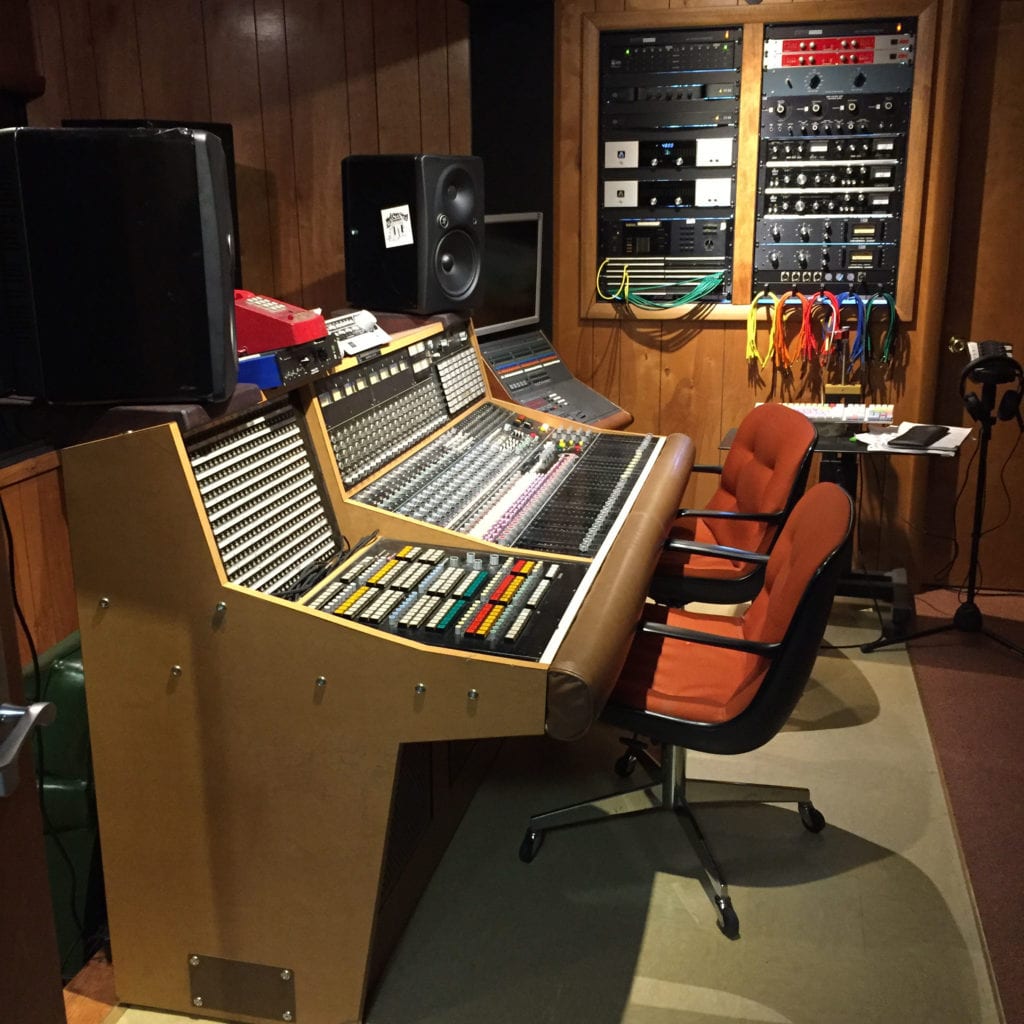
So many of the songs recorded at 3614 Jackson Highway and its successor, the studio’s second location at 1000 Alabama Avenue, remain classics.

Hood, Hawkins, Beckett, and Johnson would become studio owners and, over the years, grow the area’s musical reputation. Years later, the 25 by 68 square-foot building would become a recording studio, with Wexler’s financial support. The structure and several nearby became part of a blind factory. When he withdrew those plans, the area fell into a recession.

Henry Ford had planned to build an auto manufacturing center in the area, according to the studio’s National Register of Historic Places application. The building was constructed before World War II, part of a planned subdivision that never came to be. The musicians found an available space, a concrete block structure on Jackson Highway. (Hall, known as the father of the Muscle Shoals sound, died this week at 85, after a battle with cancer.)Ītlantic Records producer Jerry Wexler had worked with the Swampers, and he saw an opportunity. But the members of the lauded rhythm section also wanted a stake in ownership, and FAME owner Rick Hall wasn’t interested in offering that. This talent built a reputation that drew more musical artists to Alabama’s quiet northwestern corner. “When A Man Loves A Woman,” Percy Sledge’s unforgettable hit, started its life at FAME. The region’s first hit had come from FAME, Arthur Alexander’s “You Better Move On.” Wilson Pickett and Otis Redding recorded there.
#Muscle shoals sound studio museum how to
With a regional population of about 147,000 according to ESRI data, the area is steeped in a rich regional brew of R&B, country, rock, gospel, and soul, and the Swampers had an instinctive feel for each genre and how to weave them into sounds that were both rootsy and authentic, yet also startlingly original. The Muscle Shoals area includes Sheffield, Tuscumbia, Florence and, of course, Muscle Shoals. Muscle Shoals, in northwest Alabama near the Tennessee state line, sits about halfway between the blues and jazz bars of Memphis and the honky-tonks of Nashville. The legendary recording studio at 3614 Jackson Highway in Muscle Shoals. FAME Studios-an acronym for Florence Alabama Music Enterprises-allowed the young musicians to find work doing what they loved. The four men had become known for their impeccable rhythm and ability to play with anyone when they were the house band at another venue.

When the Rolling Stones were in the studio in 1969, the Swampers, as they were known, had guided the British blues-rockers to three timeless songs in as many days of recording: “Brown Sugar,” “Wild Horses,” and “You Gotta Move.”Īnd when Stewart arrived in 1975, all four Swampers-David Hood, drummer Roger Hawkins, pianist Barry Beckett and guitar player Jimmy Johnson-were ready to sound like Rod. The Muscle Shoals Rhythm Section aimed to sound like Aretha when backing her up. Their singular talent was being able to shape-shift to fit virtually any artist.
#Muscle shoals sound studio museum crack
Appearances aside, the Muscle Shoals Rhythm Section were crack instrumentalists who, beginning in the mid-1960s, were coveted as collaborators by some of the biggest names in the recording industry. Stewart asked for a word with his producer, Tom Dowd of Atlantic Records.


 0 kommentar(er)
0 kommentar(er)
